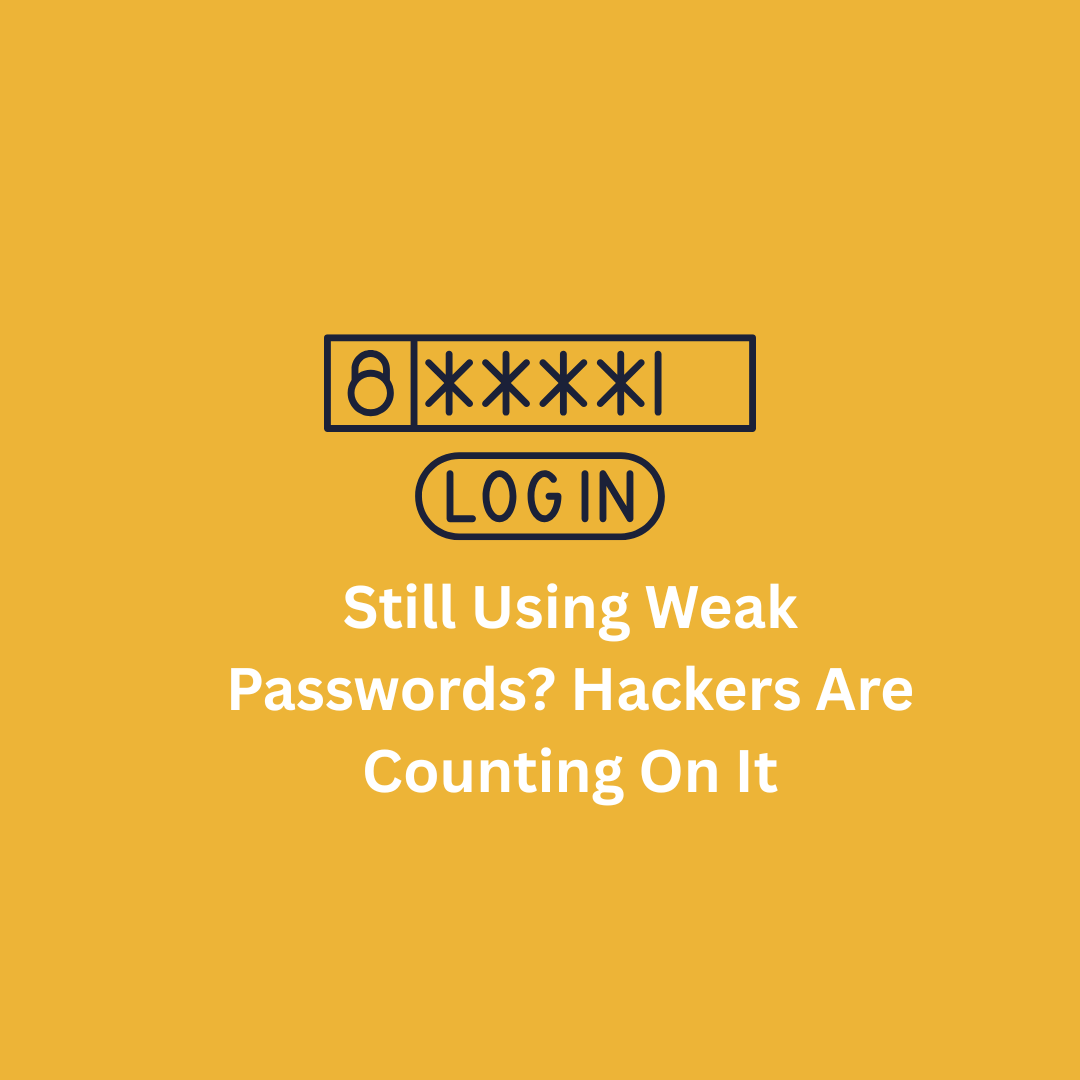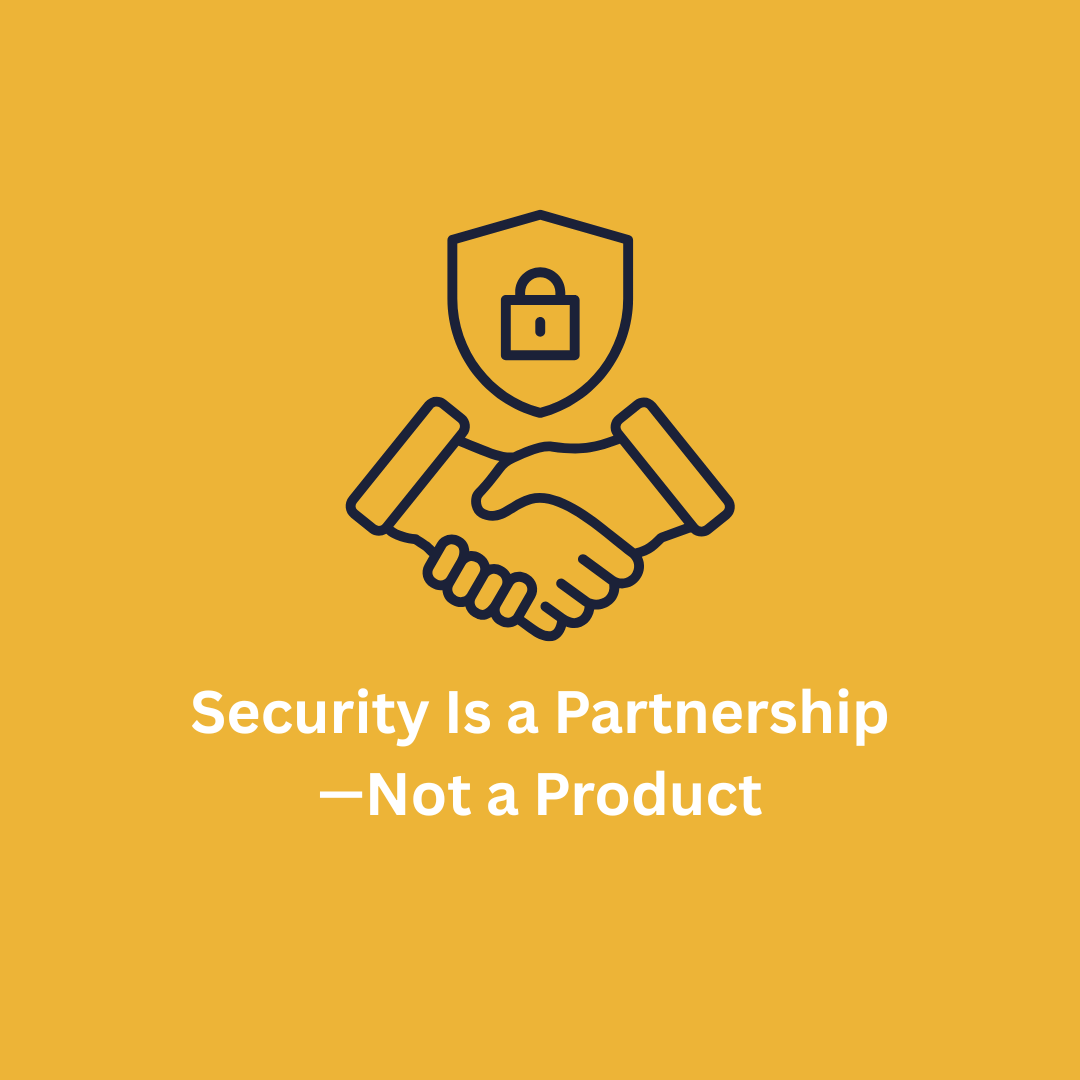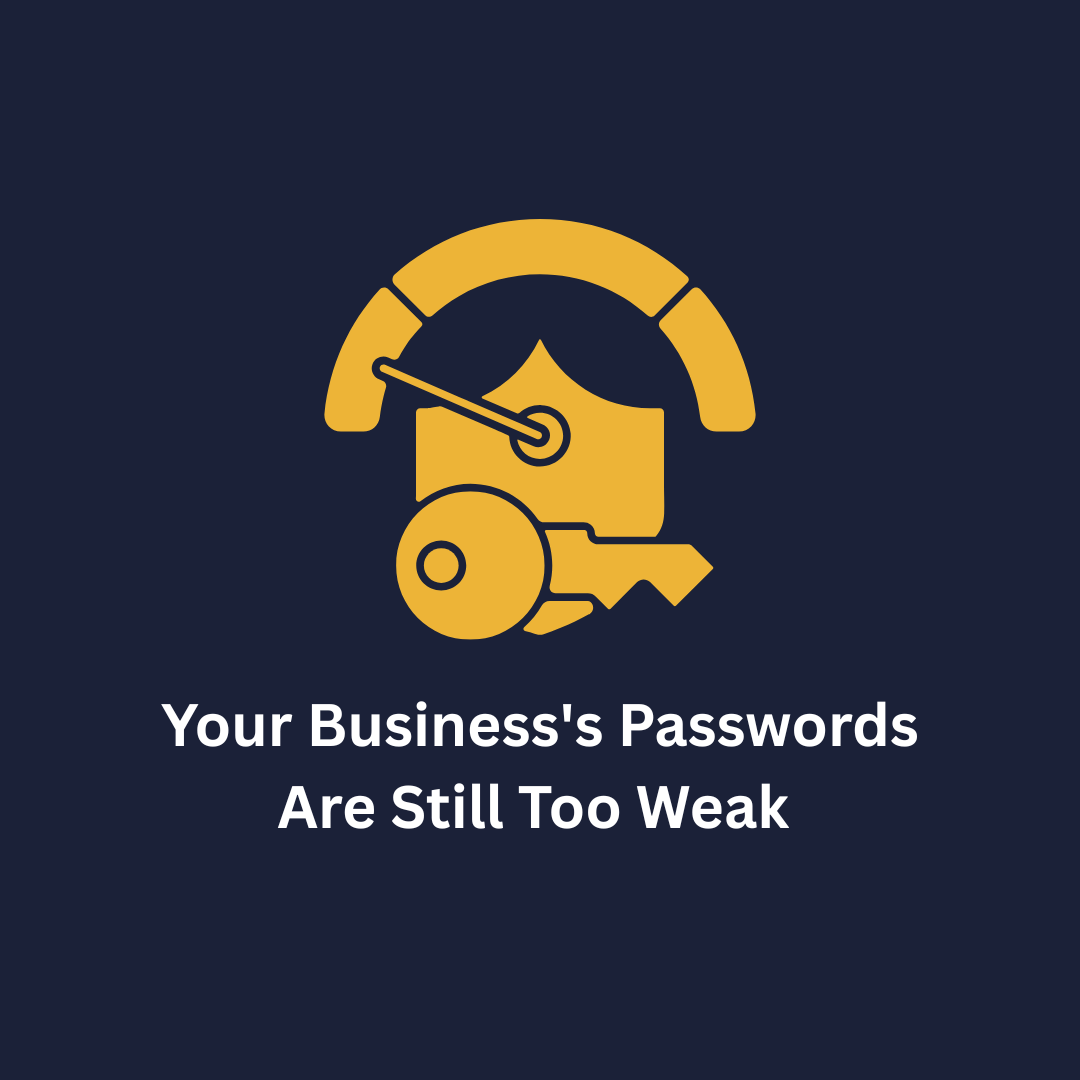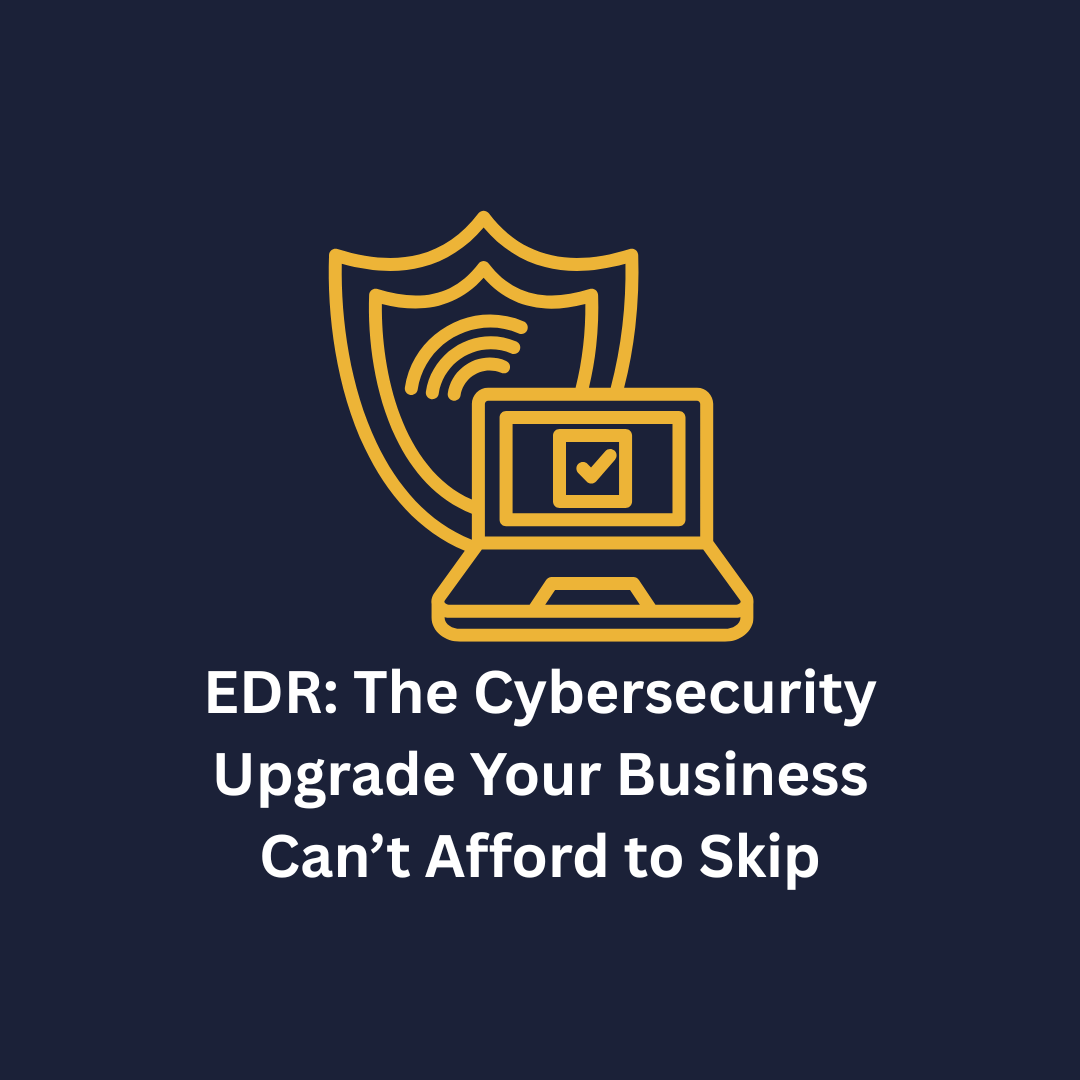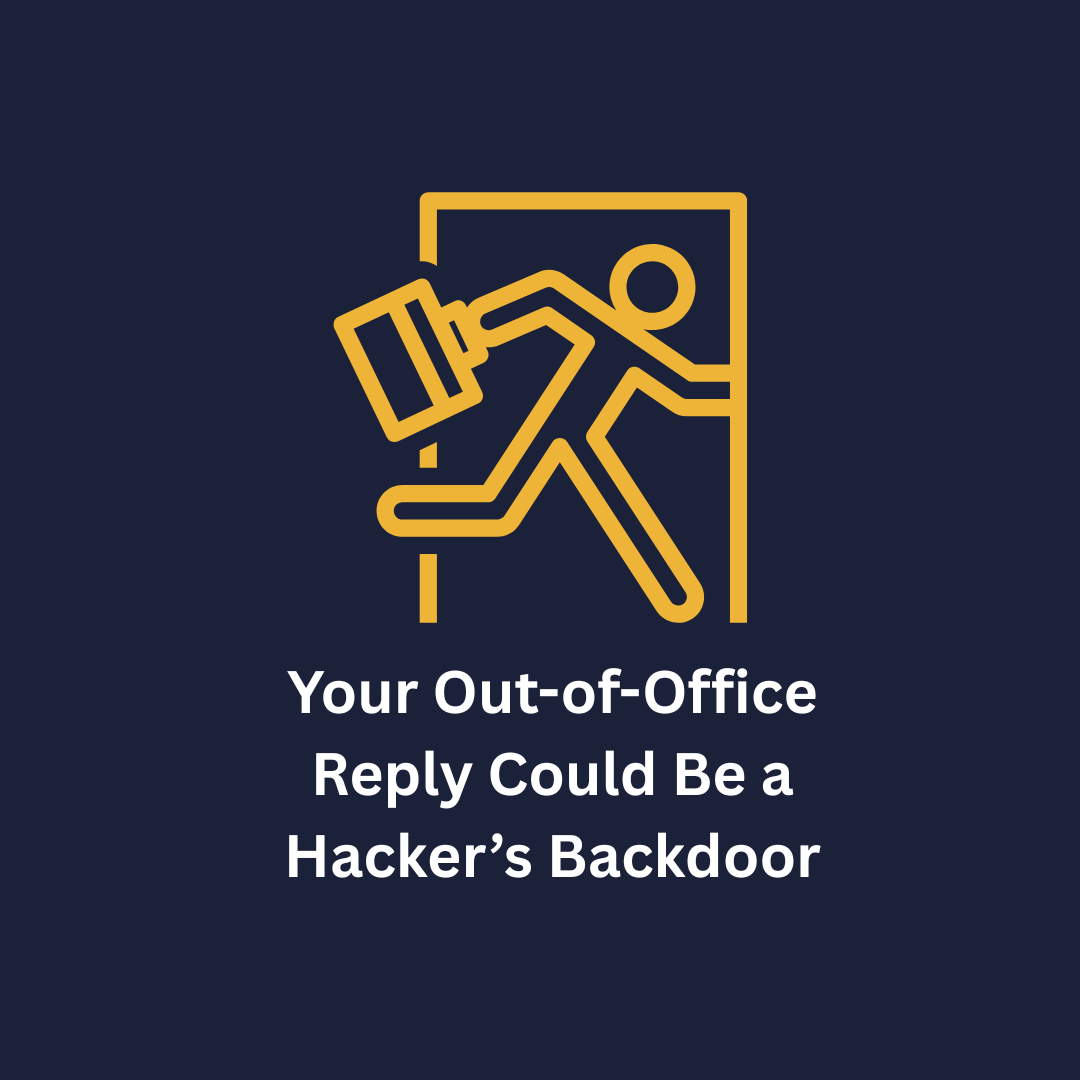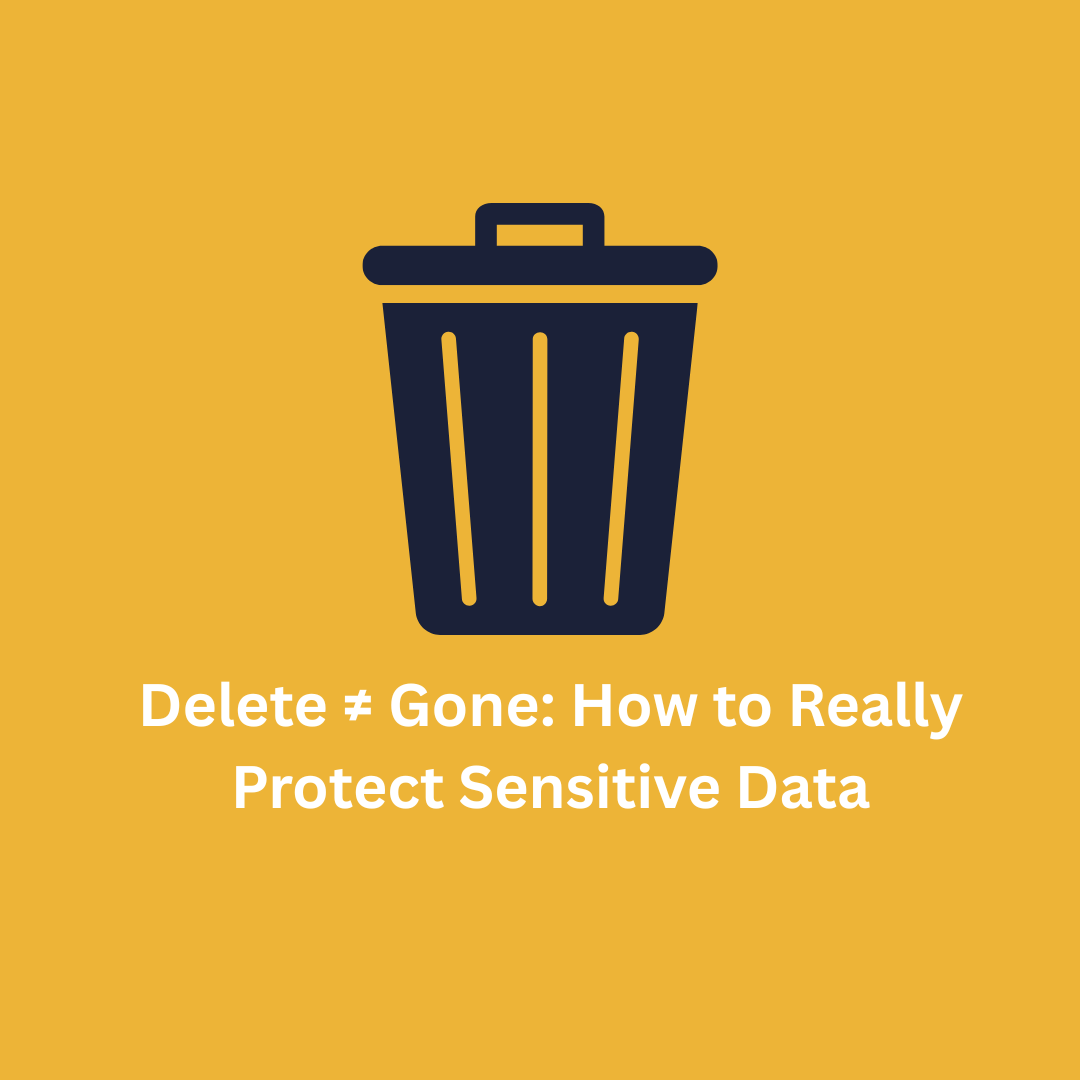Shadow IT: Are Employees Opening the Door to Cyber Threats?
Your team’s ingenuity can be a double-edged sword. While it’s great to see employees taking initiative to get the job done, the tools they use to do it might be putting your entire business at risk—without even realizing it.
This growing issue is called Shadow IT, and it’s one of the most overlooked cybersecurity threats facing businesses today.
What Is Shadow IT?
Shadow IT refers to any apps, software, cloud services, or tools your employees use without the knowledge or approval of your IT team. Think of it like a backdoor into your network—one you didn’t know existed.
Common examples include:
• Using personal Google Drive, Dropbox, or iCloud to store work documents.
• Signing up for project management platforms like Trello, Asana, or Slack without IT review.
• Downloading messaging apps like WhatsApp or Telegram on company devices.
• Relying on AI generators or marketing automation tools that haven’t been security-tested.
The intentions might be innocent—boosting productivity, filling a gap, or simply saving time—but the consequences can be severe.
Why Should You Care?
Shadow IT creates invisible risk. If your IT partner doesn’t know about it, they can’t secure it. Here’s what that could mean for your business:
• Data Leaks: Sensitive information stored in personal accounts or shared over unmonitored apps can easily fall into the wrong hands.
• Outdated Software: Unauthorized tools don’t receive the same oversight as approved programs—meaning known vulnerabilities often go unpatched.
• Compliance Failures: If you're subject to industry regulations (HIPAA, PCI-DSS, etc.), using unapproved apps could put you out of compliance—fast.
• Malware & Ransomware Risk: Downloading apps that haven’t been vetted is like opening your network to strangers. Many "productivity tools" are just malware in disguise.
• Credential Theft: Apps that don’t use multifactor authentication are an open invitation for hackers to walk in with stolen usernames and passwords.
Bottom line: What your team doesn’t know can hurt your business.
Why Do Employees Use Shadow IT?
It’s rarely malicious. Most employees simply want to do their jobs more efficiently. But the shortcuts they take can have long-term consequences:
• Company-approved tools might be clunky or outdated.
• IT approval processes can feel slow or overly complicated.
• Employees might not realize that what they're doing is dangerous.
What Can You Do About It?
Here’s the good news: Shadow IT is manageable if you take a proactive approach. And we’re here to help.
1. Build a list of trusted, secure tools.
Make it easy for employees to know what’s approved—and update it regularly.
2. Lock down device permissions.
Prevent unauthorized downloads by enforcing smart usage policies on company machines.
3. Train your team.
Regular cybersecurity training goes a long way in helping employees understand why shortcuts are dangerous.
4. Monitor your network.
Use advanced network tools to detect when something unauthorized is being used—before it becomes a threat.
5. Add layers of protection.
Endpoint Detection & Response (EDR), content filtering, and multifactor authentication help catch threats that sneak through the cracks.
________________________________________
The Honorbound IT Solution: Secure Now. Sleep Better Tonight.
Shadow IT is sneaky—but we know how to shine a light on it. Let our team at Honorbound IT help you uncover the risks you can’t see and lock them down before they turn into major problems.
Start with a FREE Consult.
We’ll identify unauthorized tools, assess your vulnerabilities, and recommend smart, secure solutions that keep your business safe—and productive.
📞 Call us today at 877-686-6642 to schedule your free consult.


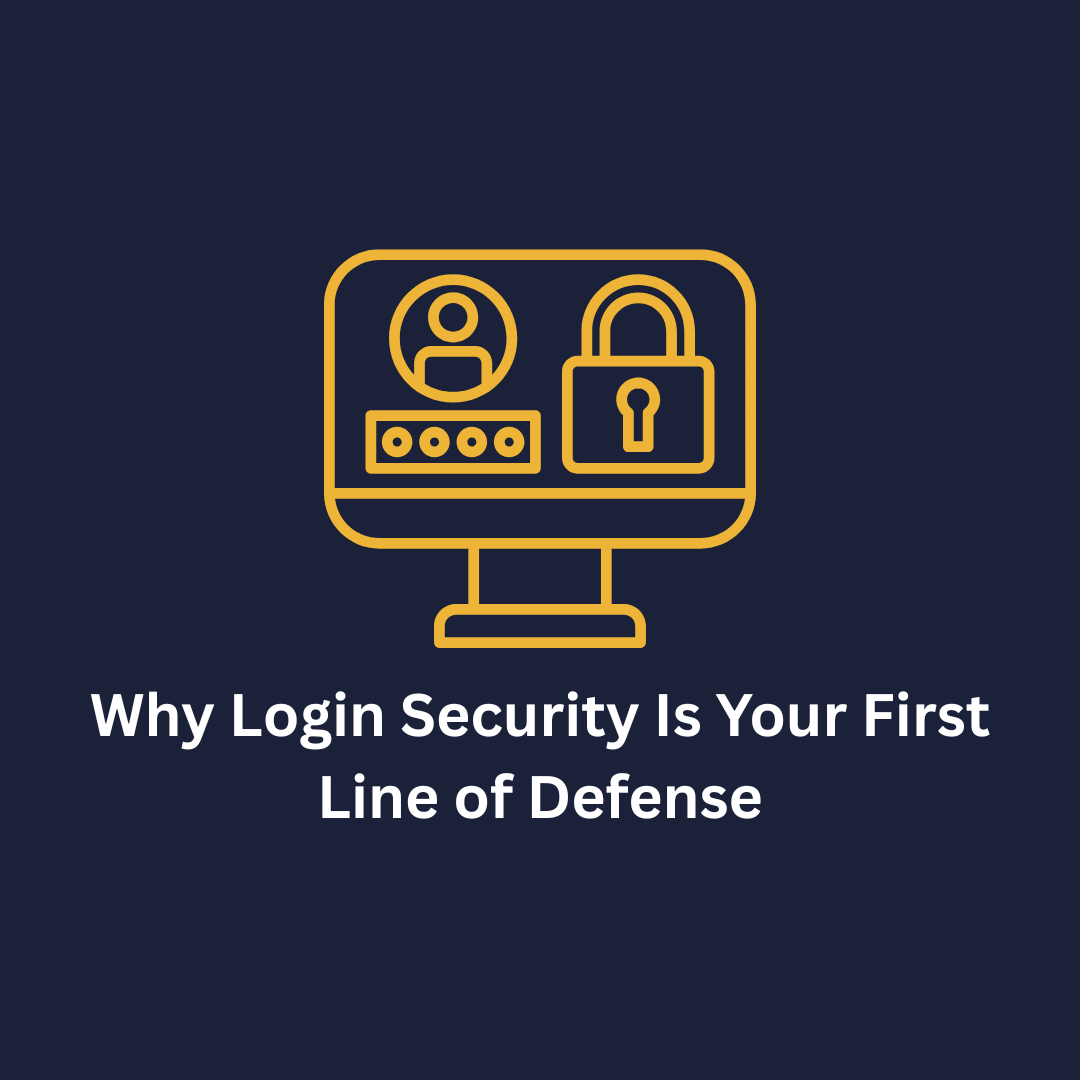

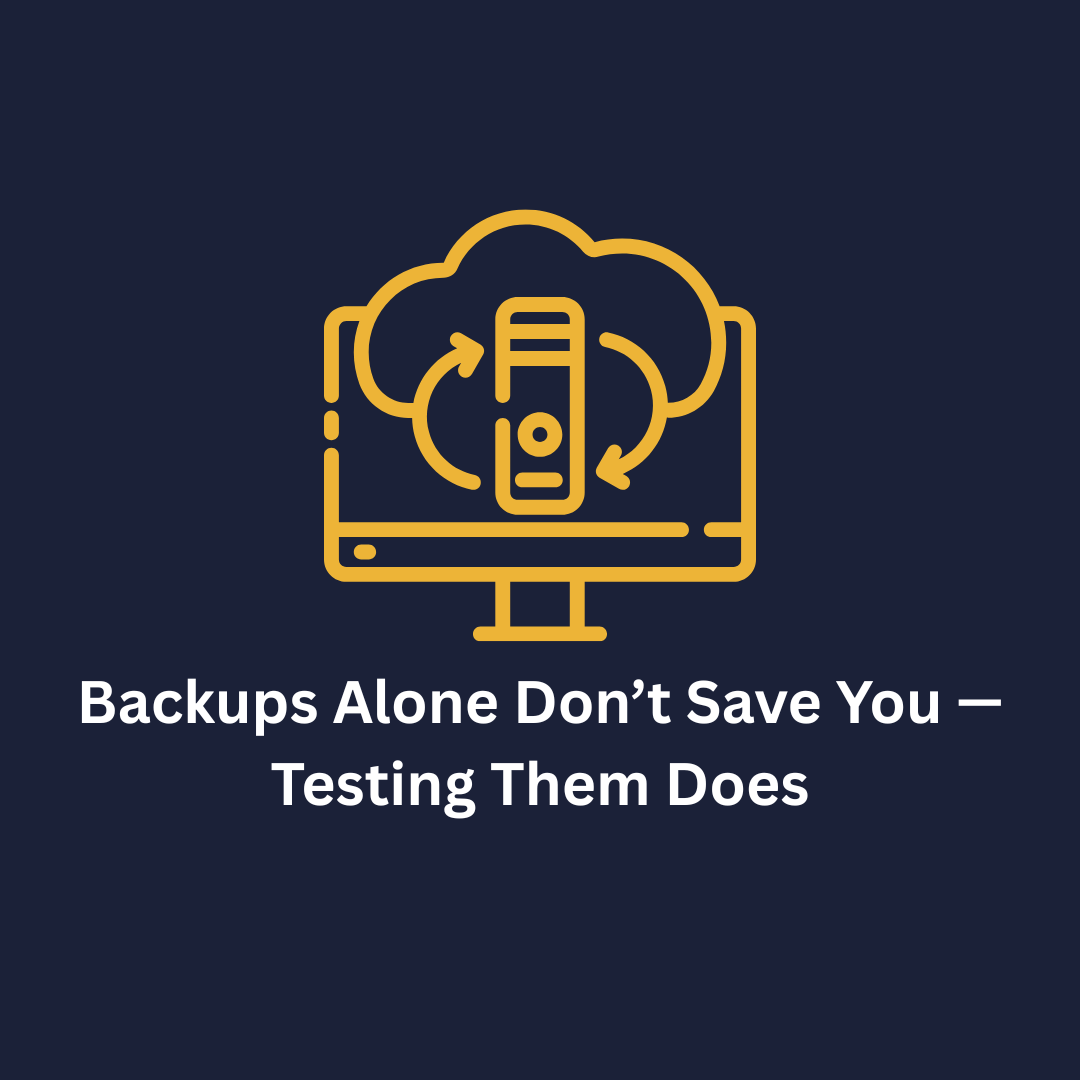

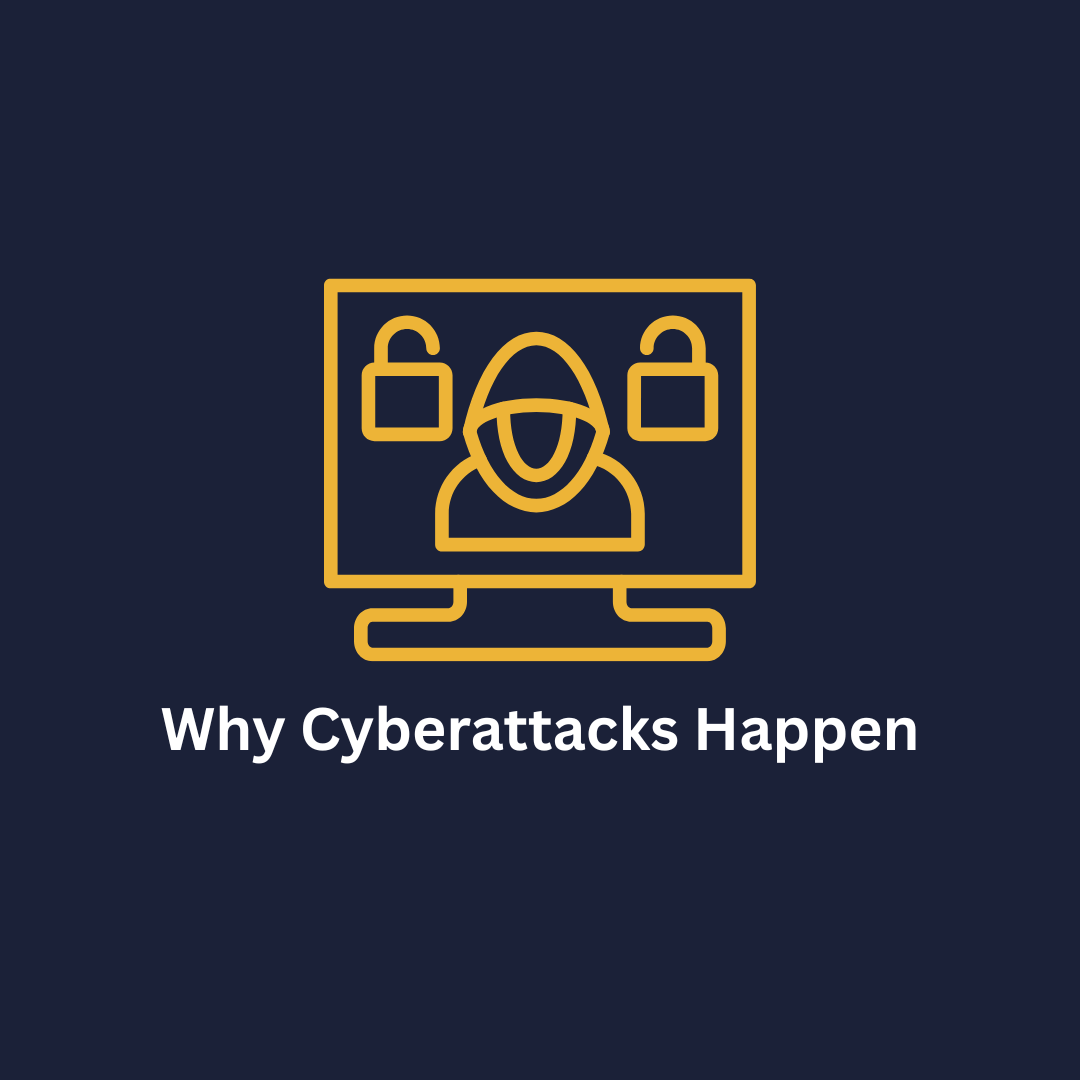

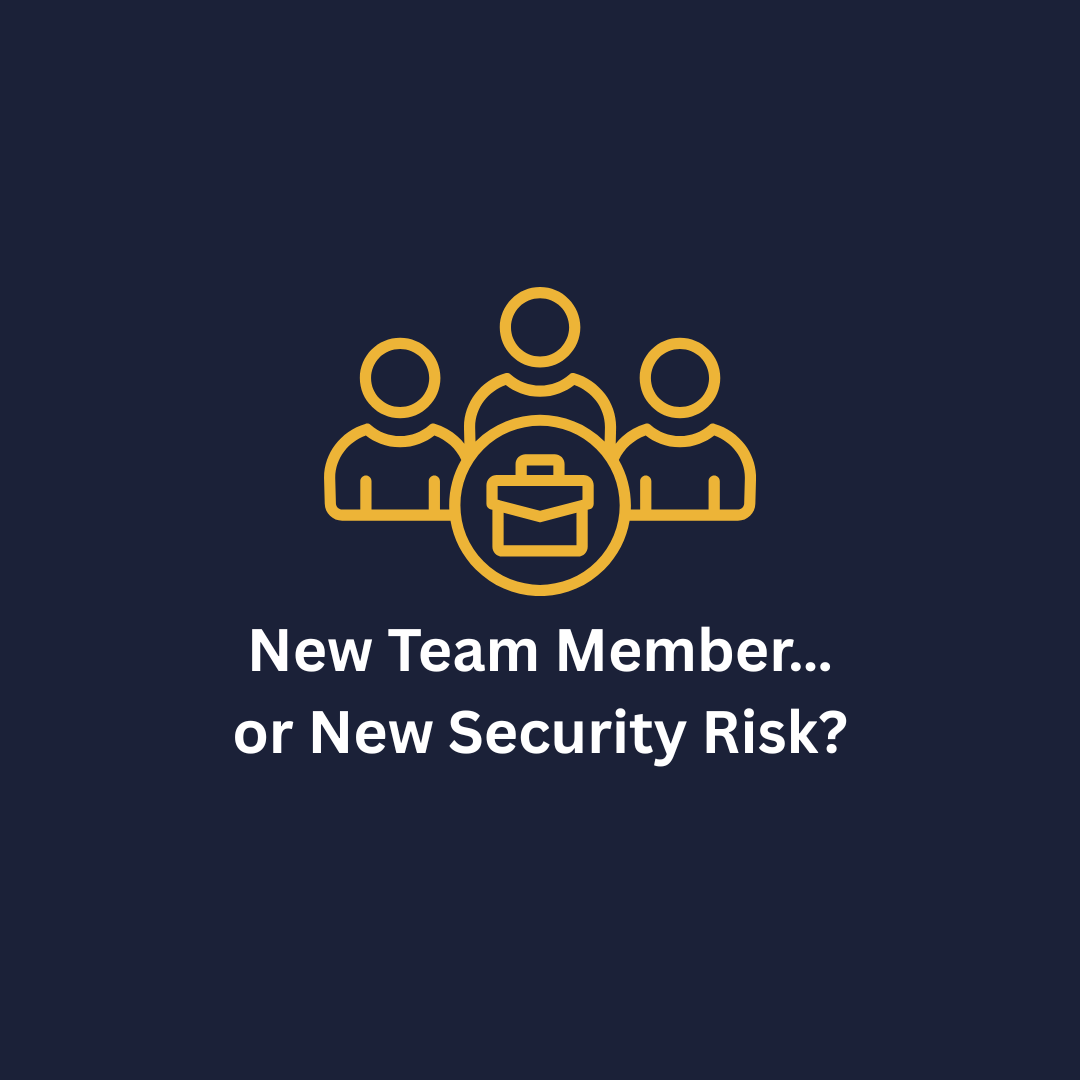
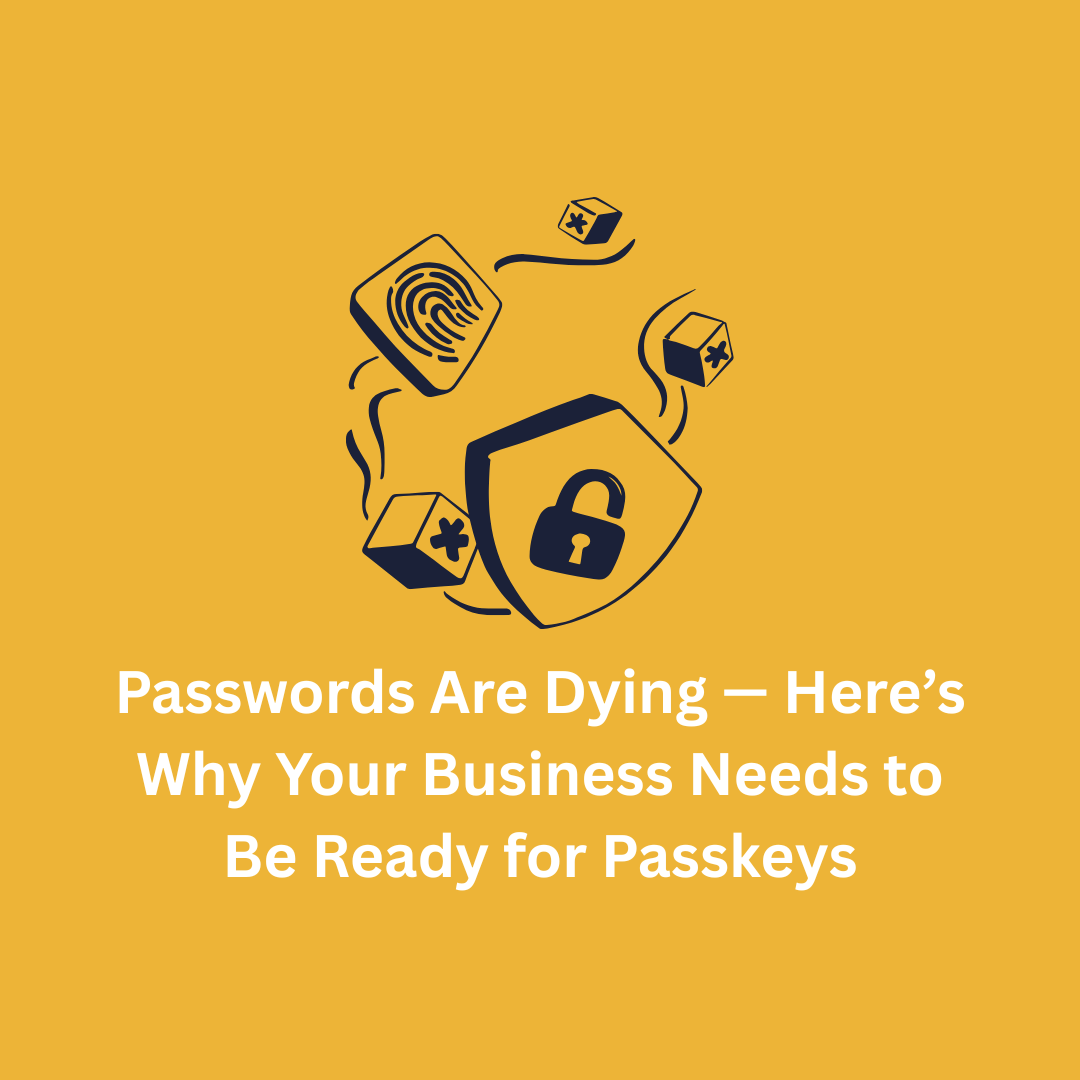



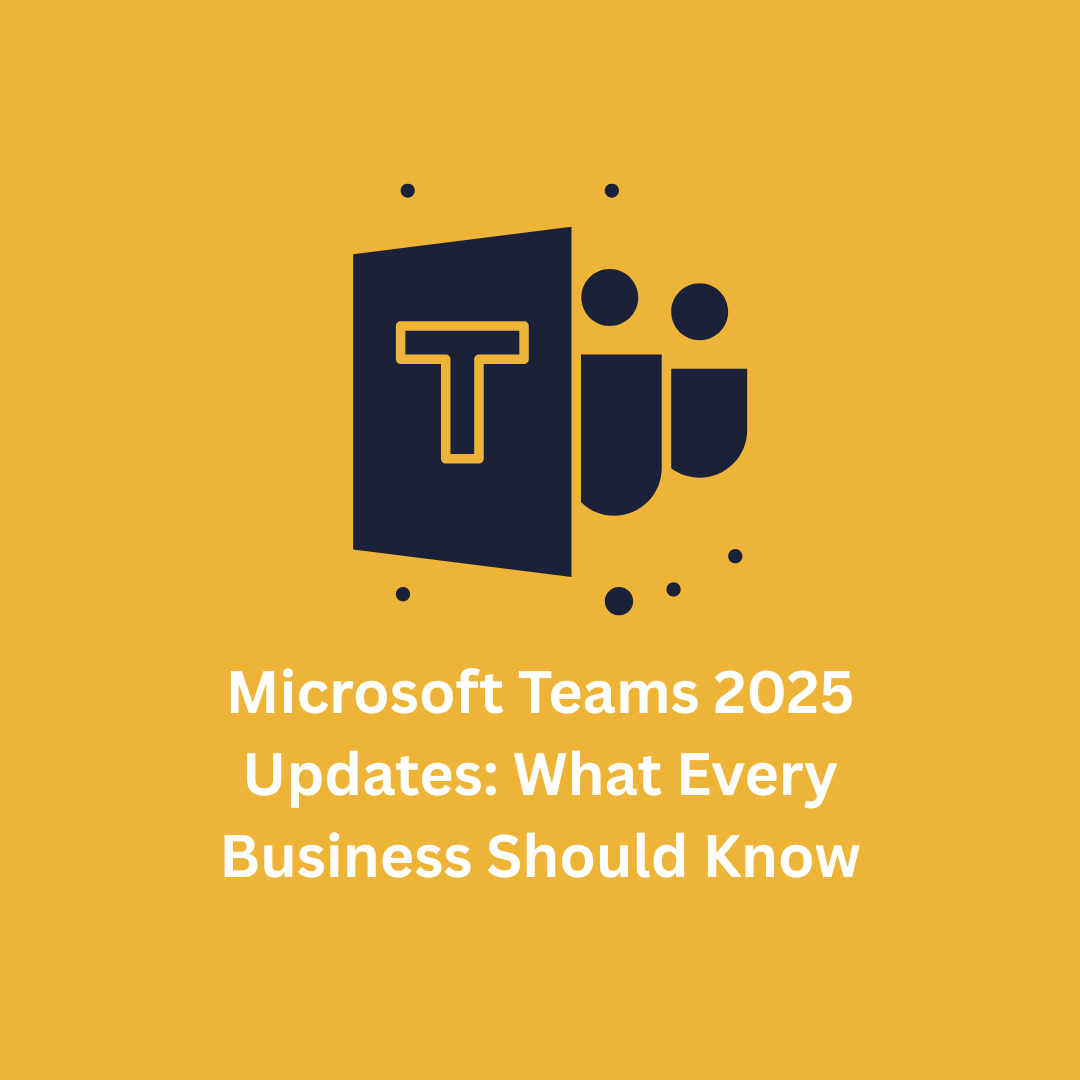

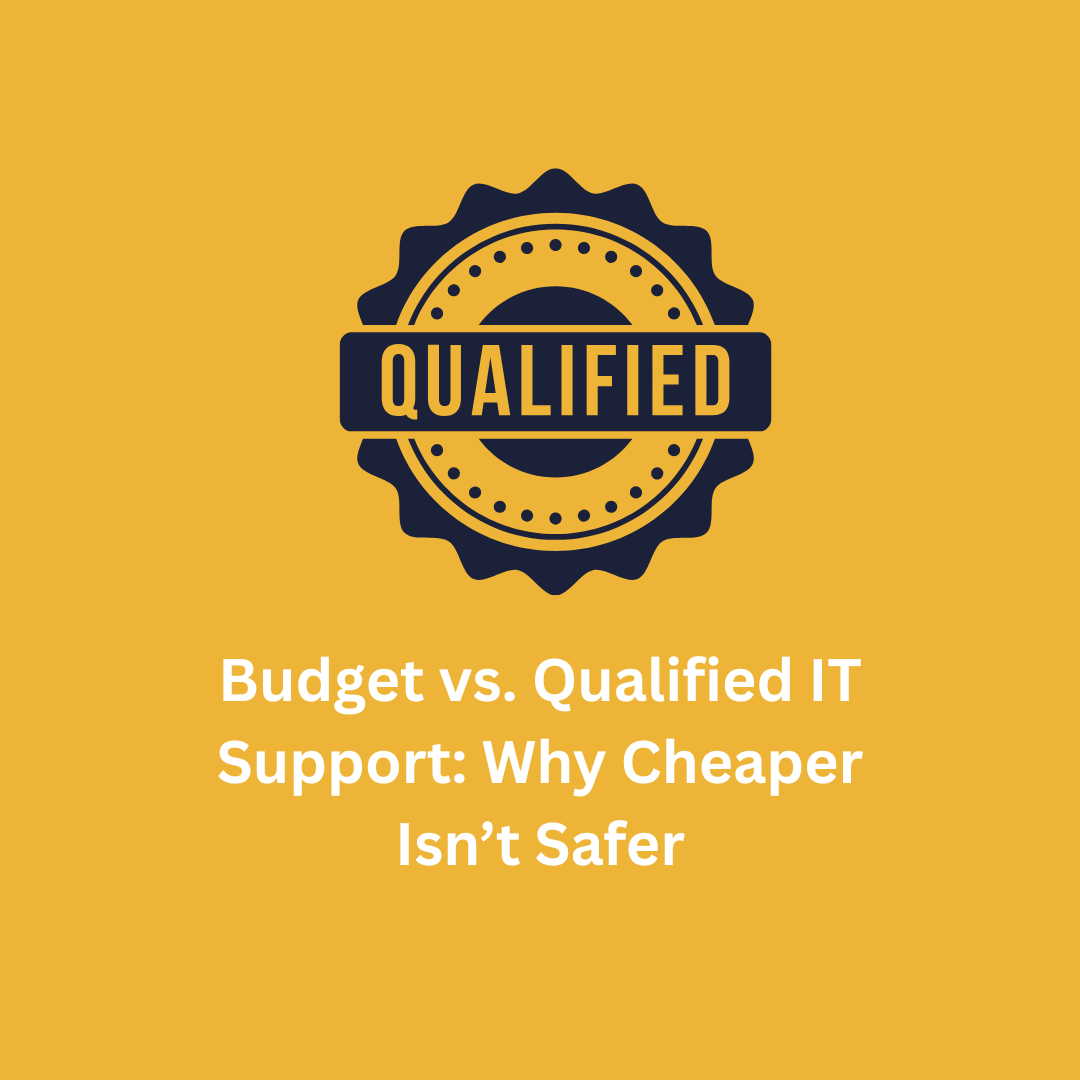


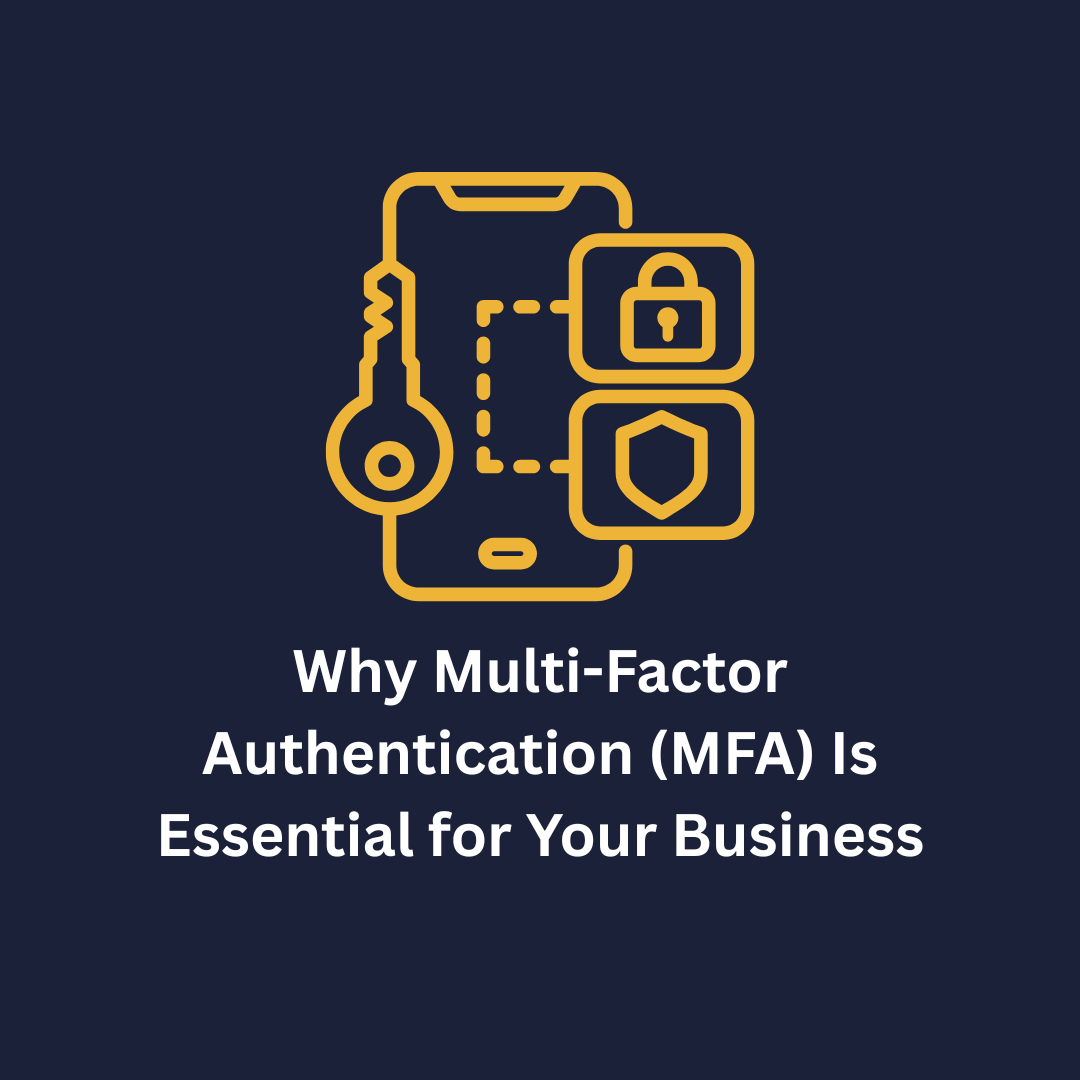
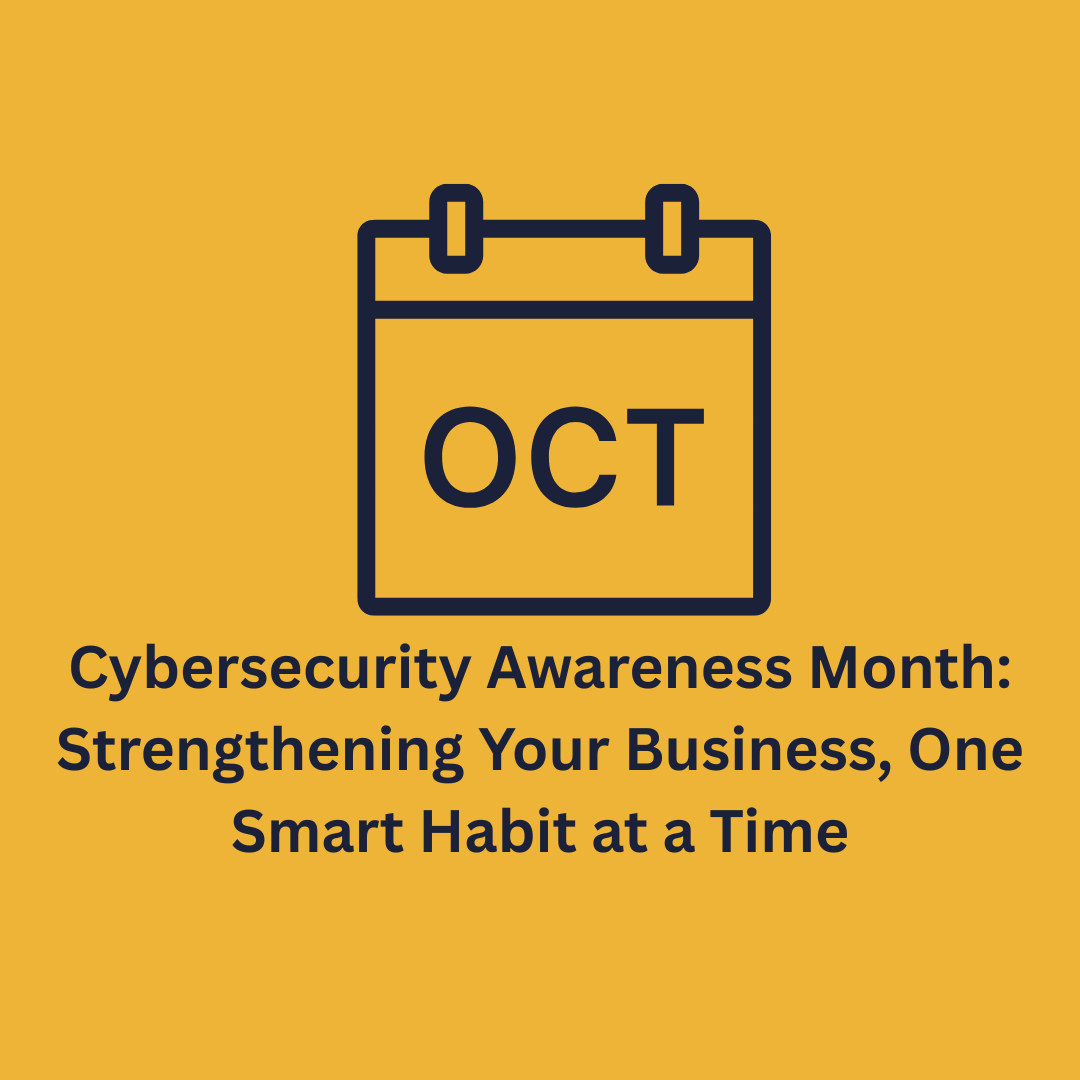

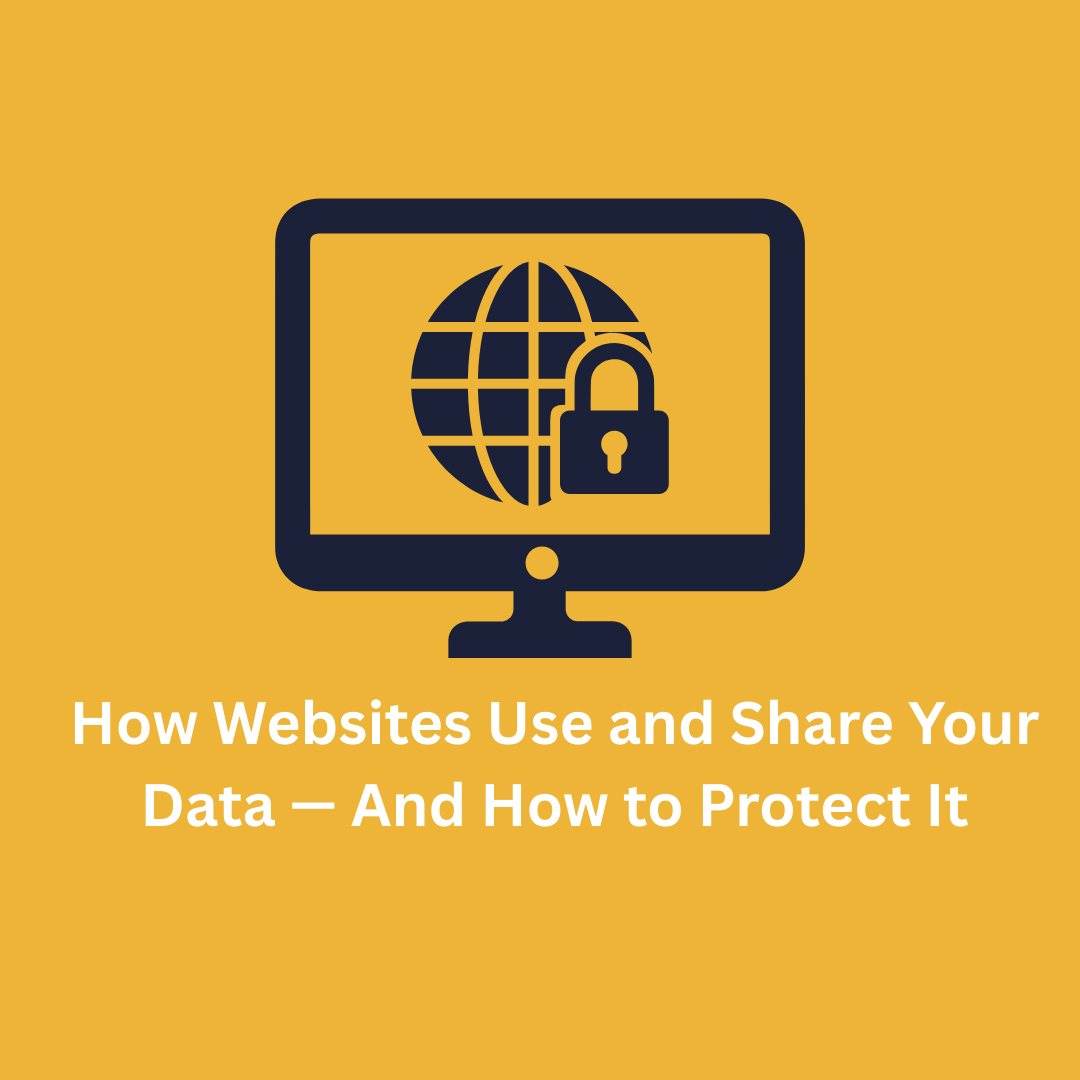


.png)

